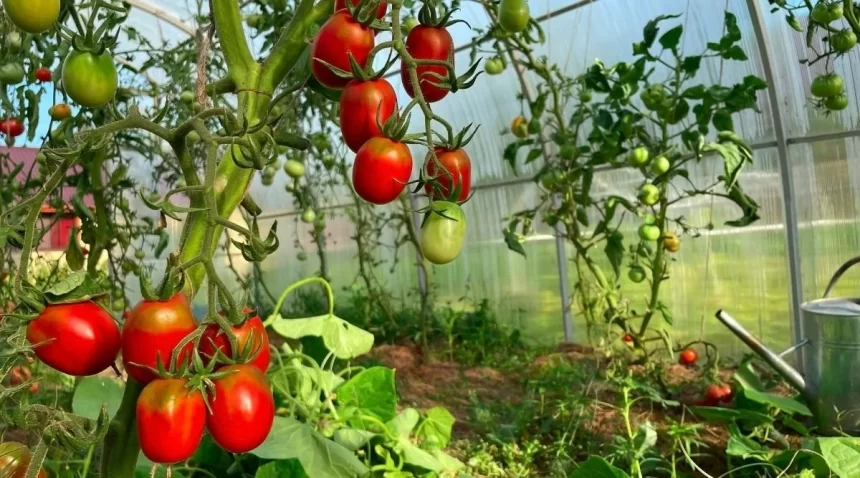Tomatoes are a popular plant to grow in vegetable gardens. With their vibrant red fruits, tomatoes add beauty and delicious flavor to many dishes. However, while tomatoes go well with some plants, there are also several things you should avoid planting next to tomatoes. Like any plant, tomatoes can be negatively impacted by certain companion plants, leading to reduced yields and flavor. This article talks about plants that don’t grow well with tomatoes and why they cause problems. If you plan carefully and take good care of your garden, you can make a strong tomato patch that doesn’t include plants that make it harder for your tomatoes to grow.
What Makes Some Plants Bad Companions for Tomatoes
There are a few reasons why some plants should not be grown next to tomatoes:
- Competition – Some plants, like potatoes, compete with tomatoes for nutrients, water, light and space if planted close together. This competition stresses the tomatoes and reduces their productivity.
- Allelopathy – Certain plants, like fennel, release compounds that inhibit the growth and yields of tomatoes. This chemical warfare is called allelopathy.
- Attracting Pests – A few common garden plants actually serve to draw more insect pests to the area, harming tomato plants if grown nearby.
- Hosting Diseases – A number of plants host diseases and pathogens that can spread to tomatoes and cause major issues like blights. Controlling disease spread is key for tomato success.
By understanding which plants pose which issues, you can design a purposeful companion planting strategy that avoids problematic combinations.
The Top 9 Things to Never Plant with Tomatoes
When planning your garden each year, steer clear of planting these 10 things next to your tomato plants:
Potatoes

The most infamous companion plant to avoid with tomatoes is potatoes. Both potatoes and tomatoes are in the nightshade or Solanaceae family. As close cousins, potatoes and tomatoes are likely to compete fiercely for crucial nutrients like nitrogen, potassium and phosphorus.
In smaller garden beds, planting tomatoes and potatoes in close proximity leads to poor growth and reduced yields for both. Plant potatoes and tomatoes at least 20 feet apart to minimize competition. They should not follow each other in yearly crop rotation plans either.
Fennel
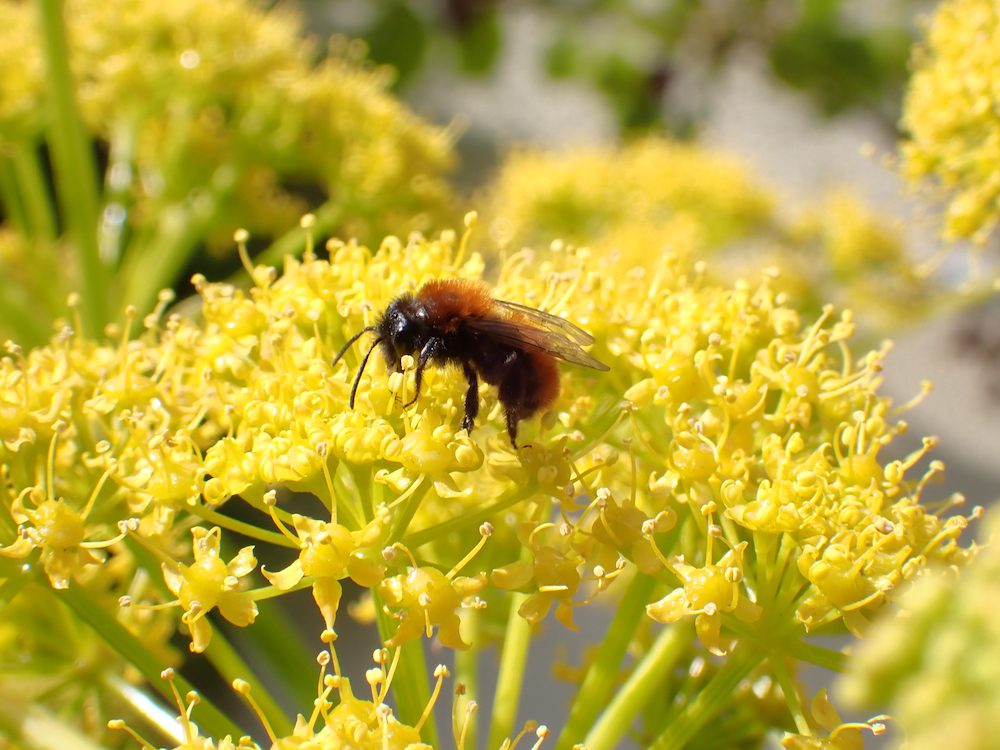
Fennel is another plant that doesn’t get along with tomatoes. Just like many other herbs, fennel gives off oils and other things that can hurt some vegetables. When fennel is planted close to tomatoes, it stops the tomato plants from growing as much and makes them produce less fruit. To keep your tomatoes happy, plant fennel at least 20 feet away from them.
Brassicas

The brassica or cabbage family features nutrient-packed vegetables like broccoli, cauliflower, brussels sprouts, kohlrabi and kale. Unfortunately, nearly all brassicas are troublesome neighbors for tomatoes.
Many brassicas host diseases and pests that can spread to tomatoes, especially fungal issues. The extensive root systems of brassicas also compete fiercely with tomatoes for water and nutrients. Separate brassica beds from tomatoes by at least 2-3 feet. Time plantings so they reach maturity at different seasons for crop rotation purposes.
Corn
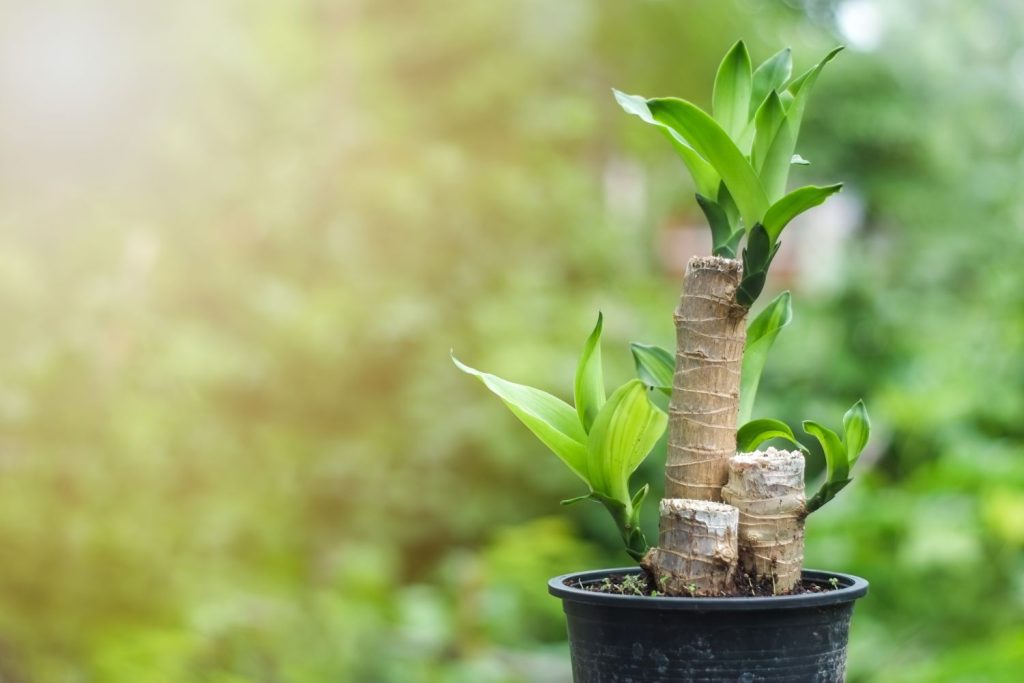
Sweet corn is another garden plant that does not belong beside tomato plants. As a tall, dense grain crop growing close together in blocks, corn casts heavy shade on tomato plants. Lack of sufficient sunlight leads to reduced tomato yields. Corn is also a heavy nitrogen feeder, meaning it rapidly depletes soil nitrogen essential for tomatoes.
In addition, corn can serve as an alternate host for a number of disease pathogens that harm tomatoes like bacteria, fungi and viruses. For best growth of both crops, keep corn separated from tomatoes by at least 20-30 feet.
Peppers
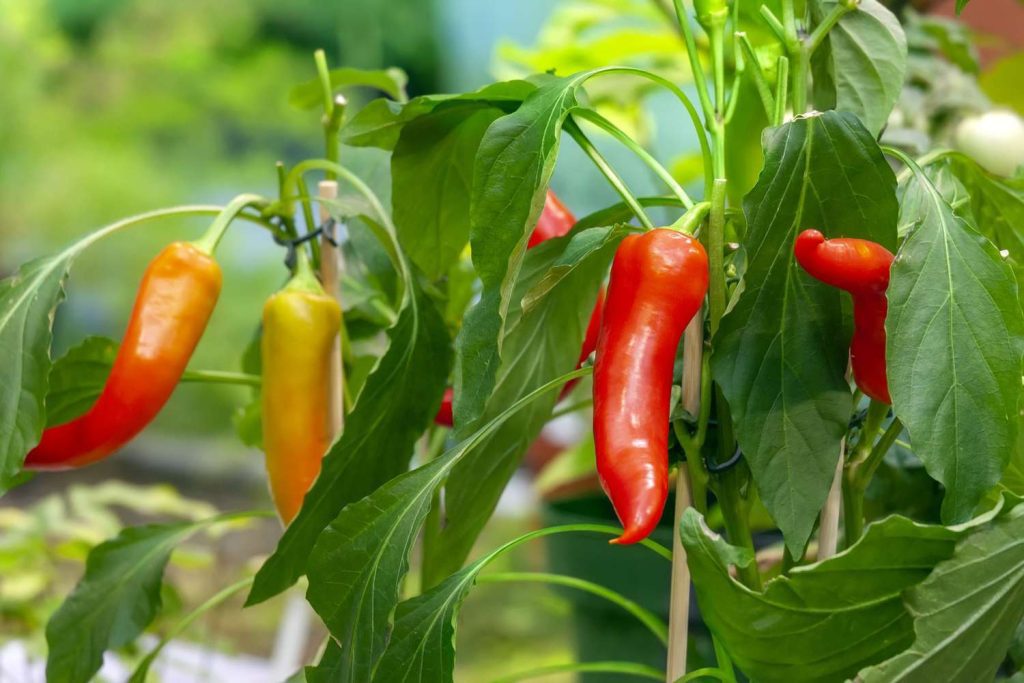
You might assume related garden crops like tomatoes and peppers can be planted together nicely. However, growing tomatoes and peppers in close succession year to year or even side-by-side leads to significant issues with disease and pests.
Tomatoes and peppers share many pathogens including tobacco mosaic virus, bacterial leaf spot, blights, wilts and more. Insects like aphids also easily spread between pepper and tomato plants in close contact. Avoid planting tomatoes within 20 feet of peppers and practice crop rotation diligently to prevent disease issues.
Eggplants
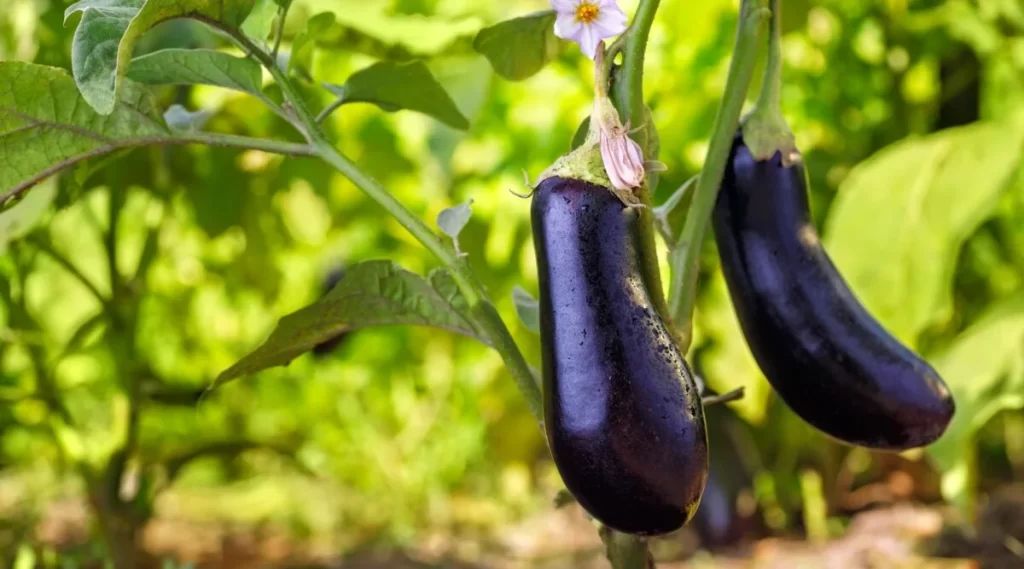
Eggplants are another member of the nightshade family, so they come with many of the same compatibility issues with tomatoes as potatoes and peppers. When planted close together, eggplants and tomatoes compete for water and nutrients. Being closely related, they also share diseases like verticillium wilt, tobacco mosaic virus and more when grown in proximity season after season.
For highest yields, dedicate separate garden beds for eggplants and tomatoes located at least 20 feet apart. Following solid crop rotation schedules every 2-3 years helps prevent disease and pest carryover as well.
Strawberries and Cane Berries

Sweet fruits like strawberries, raspberries, blackberries and more make a harmful combination planted near tomato plants. Experts believe tomatoes release chemicals that contribute to stunted growth and lack of runners for strawberries if co-planted nearby. Cane berries also poorly with tomatoes.
Additionally, strawberries and brambles host ‘Verticillium Wilt,’ root rot diseases and insect pests that can spread to tomato plants. Locate any sweet fruit plantings at least 20 feet from the nearest tomato plants to avoid issues.
Dill

Minute amounts of dill herb’s essential oils can have a significant stunting effect on growth and seed set of tomato plants. Dill is highly prone to aphid pests as well and these insects easily spread to tomato plantings. Keep dill separated by at least 3-4 feet from tomato plants to prevent reduced tomato productivity and insect issues.
Walnuts and Butternuts

All plants in the walnut or Juglone family like black walnuts and butternuts produce and release a natural chemical called juglone into the soil as their leaves break down. Juglone negatively impacts the growth of some garden plants like tomatoes and peppers. Locate walnut and butternut trees at least 60-80 feet away from tomato plantings for best growth.
Fungus Suppressors
A unique category of plants you want to avoid growing next to tomatoes are fungus suppressors like marigolds and wormwood. These flowers release natural compounds that inhibit fungal growth – which sounds like a good thing!
However, tomatoes actually rely on mycorrhizal fungi to aid nutrient and water absorption. So fungus suppressors like marigolds disrupt helpful soil fungi and harm tomato plant health and productivity when grown nearby. Maintain a distance of at least 5 feet between marigolds and tomatoes.
Key Takeaways on Tomato Companion Planting
- Multiple plants like potatoes, peppers, eggplants compete fiercely with tomatoes for soil resources if planted in close succession together.
- Certain herbs and flowers release oils and compounds that inhibit tomato growth through allelopathy if located close by like dill and fennel.
- Crops like corn and brassicas can host diseases and pests that spread easily to tomatoes when planted nearby instead of farther apart.
- Sweet fruits like strawberries poorly with tomatoes and negatively impact each other’s growth and yields within close range.
FAQs
Tomatoes and potatoes should not be planted together because they are both in the nightshade family and will compete for nutrients and space. Planting them close together can result in reduced yields for both crops.
Brassicas like broccoli, cauliflower and kale can spread diseases and pests to tomato plants if planted closely together. Their large root systems also fiercely compete with tomatoes for water and nutrients. Both crops will suffer reduced productivity.
Tall corn plants shade out tomatoes and steal nitrogen from the soil that tomatoes need. Corn can also host disease pathogens that may spread to tomato plants, causing issues like blights.
It’s best not to plant strawberries with tomatoes. Tomatoes may stunt strawberry growth and runner production. And strawberries can harbor Verticillium wilt, a common tomato disease. Keep them separated.
Yes, onions and tomatoes can be planted close together as companion plants. Onions repel some tomato pests like aphids and cabbage loopers. And onions don’t compete much with tomatoes for nutrients or water, allowing both to prosper.
Conclution
When cultivating a healthy, high-yielding tomato patch, putting care into your companion plants is just as important as caring for the tomatoes themselves. By understanding tomato plant biology and behaviors, you can thoughtfully design garden beds and crop rotations that avoid inviting competition, pests and diseases.
Certain close tomato relatives in the nightshade family like potatoes, peppers and eggplants should not follow or neighbor tomato plantings year to year. Tall, dense crops like corn and brassicas also make poor tomato bedfellows by shading them out or enabling disease transmission. Even seemingly harmless fruits like strawberries prove problematic for tomato success when planted nearby.


